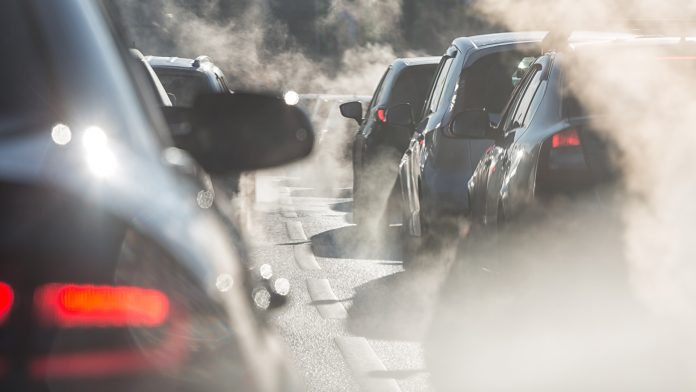
Researchers from the University of Surrey’s Global Centre for Clean Air Research (GCARE) have worked alongside schools in London to investigate air quality in UK schools.
GCARE examined whether putting up a green screen along the perimeter of a school, installing air purifiers in classrooms, and organising school street initiatives improved air quality in the classrooms and playgrounds.
Proximity to busy roads is causing polluted schools
Many schools in the UK are located close to busy main roads to enable easy access to transport. This has resulted in many pollution hotspots around schools due to on-road vehicular pollutant emissions. Busy pick-up and drop-off times are largely responsible for the reduction in air quality.
The researchers found that air purifiers in classrooms reduced the concentration of indoor air pollution by 57%. It was also found the school street initiatives, which stop vehicles from driving near schools at the start and end of each day, reduced particle concentrations by 36%. Green screens were also found to improve air quality, reducing the most dangerous particle levels from roads by 44%.
“Everybody, especially our children, deserves to live and work where the air is as clean and safe as possible. Unfortunately, the reality is far from ideal, with many of our schools unwittingly exposing children to harmful pollutants. The problem is particularly bad at schools near busy roads. Our research offers hope to many who care about this issue, as the results show that taking reasonable action can make a positive difference,” said Prashant Kumar, founding Director of the GCARE.
UK Schools in breach of air quality regulations
Ten million students attend school on daily basis around the world, and 70% of this time is spent indoors. In the UK, 7000 schools are currently in breach of the World Health Organization’s air quality limits. Poor air quality can leave children vulnerable to respiratory diseases, poor lung and brain health, behavioural issues, and an increased risk of cancer.
Primary school children are amongst the most at risk from poor air quality. At a young age, children’s lungs are still developing, and polluted air can inhibit their growth.
“Every child has the right to learn in an environment that keeps them safe and healthy. But, every day, children are exposed to dangerously high levels of air pollution in and around schools,” said Kate Langford, Programme Director of the Health Effects of Air pollution programme at Impact on Urban Health
“Our partnership with Arup, Global Action Plan and the University of Surrey has shown there are practical ways that we can protect children in and around schools and can help guide schools to implement these solutions. These measures now need to be combined with efforts from local authorities at regional and national levels to improve air quality and create healthier places for children to live, learn and play” Added Langford.
“My simple plea to decision-makers in the UK is this: simple actions speak louder than words. By giving every school the resources to implement one of the measures detailed in our research, they could make a world of difference to tens of thousands of children in this country,” concluded Kumar.









